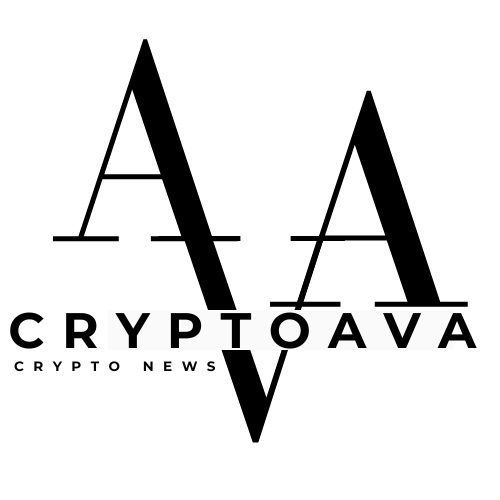Mastercard could quickly make a major funding to totally enter the crypto area.
In response to Reuters, the corporate is in superior talks to amass Zero Hash for roughly $1.5 to $2 billion, a transfer that, if accomplished, would fold a regulated crypto-settlement community into one of many world’s largest cost processors.
On the floor, it seems to be like one other company experiment with digital property. Beneath, it’s one thing greater: an try to rebuild the plumbing of cash itself round stablecoins, not banks.
Zero Hash isn’t a consumer-facing model however the quiet infrastructure behind a number of tokenization efforts.
Based in 2017, it’s regulated as a cash transmitter throughout the US, holds a New York BitLicense, and operates below equal virtual-asset frameworks in Europe, Canada, and Australia.
The agency already processes flows for issuers resembling BlackRock, Franklin Templeton, and Republic, enabling their tokenized funds to maneuver worth throughout twenty-two chains and 7 main stablecoins.
Earlier this yr, it raised $104 million at a $1 billion valuation, led by Interactive Brokers, with backing from Morgan Stanley, Apollo, and SoFi. This demonstrates that conventional finance is treating on-chain settlement much less like a curiosity and extra like a utility.
From pilots to platform
For Mastercard, the attraction is clear. Its community strikes trillions every year however stays tethered to the previous calendar of cash: weekday clearing, T+1 or T+2 settlement, closed on weekends. Zero Hash runs twenty-four hours a day.
Proudly owning it will allow Mastercard to settle card and account-to-account funds in regulated stablecoins, compressing these delays to T+0 whereas preserving every thing inside its compliance perimeter.
The corporate has hinted at this path earlier than, with its “wallets-to-checkouts” stablecoin pilot launched in April 2025, however that was nonetheless a sandbox. A purchase order would flip it into infrastructure.
The timing couldn’t be higher. Stablecoins now complete greater than $300 billion in circulation, with month-to-month on-chain settlements of round $1.25 trillion, in accordance with a16z’s State of Crypto 2025 report.
Most of that quantity nonetheless flows between exchanges and DeFi protocols; nevertheless, a rising share comes from cross-border payouts and fintech wallets, the very niches the place card networks have struggled to take care of excessive margins.
Visa has already partnered with Allium to publish stablecoin analytics, Stripe quietly re-enabled USDC settlements, and PayPal is working its personal token. Mastercard dangers disintermediation except it controls a comparable rail of its personal.
Zero Hash additionally sits on the intersection of two fast-growing markets: stablecoins and tokenized treasuries. A lot of the $35 billion now locked in on-chain real-world-asset merchandise, primarily short-term T-bills backing stablecoins, strikes via entities prefer it.
That provides Mastercard an entry level not solely into shopper funds but additionally into institutional treasury flows, part of the market the place instantaneous, programmable settlement may exchange the slower internet of correspondent banks and clearinghouses.
The overlap of those two programs, shopper payouts and institutional liquidity, could clarify why Mastercard is prepared to pay roughly twice Zero Hash’s final valuation.
The rails warfare goes on-chain
If the deal closes, it will mark the primary time a tier-one card community owns a completely regulated stablecoin processor outright. The broader context is a quiet arms race. Visa, Stripe, and even Coinbase are investing in fiat-to-stablecoin bridges to seize future settlement charges.
Every is aware of that whoever runs the compliant, always-on layer between financial institution accounts and blockchains will successfully personal the following technology of funds. Mastercard’s transfer reframes that race: quite than experiment on the aspect, it’s pulling the rails in-house.
There are hurdles. Zero Hash’s licenses would require change-of-control approvals from state regulators, the NYDFS, and European authorities below MiCA. These sign-offs may take months. And whereas the US Senate’s stablecoin invoice handed earlier this yr, it nonetheless awaits full enactment.
But the path of coverage is obvious. Each the US and EU frameworks now deal with fiat-backed stablecoins as professional monetary devices, establishing reserve and disclosure requirements that institutional customers can settle for. That readability lowers the reputational danger for Mastercard to combine them immediately.
The economics are attractive. Even a sliver of world stablecoin circulation may generate materials income if monetized like a community. A 0.75% share of the $12 trillion annualized stablecoin quantity would give Mastercard roughly $90 billion of addressable settlement exercise.
At a blended take-rate of 12-20 foundation factors, that’s $100 to $180 million in potential yearly income, small subsequent to its $25 billion high line however rising far quicker than card transactions. And in contrast to interchange, these charges accrue round information, compliance, and liquidity, not shopper spending.
The larger prize is strategic. As extra money lives on-chain, card networks should resolve whether or not to compete with or grow to be the settlement layer. Mastercard seems to have made its selection.
Zero Hash presents not simply APIs and licenses however a template for a way conventional cost giants would possibly survive the shift: by absorbing the crypto infrastructure earlier than it absorbs them.



